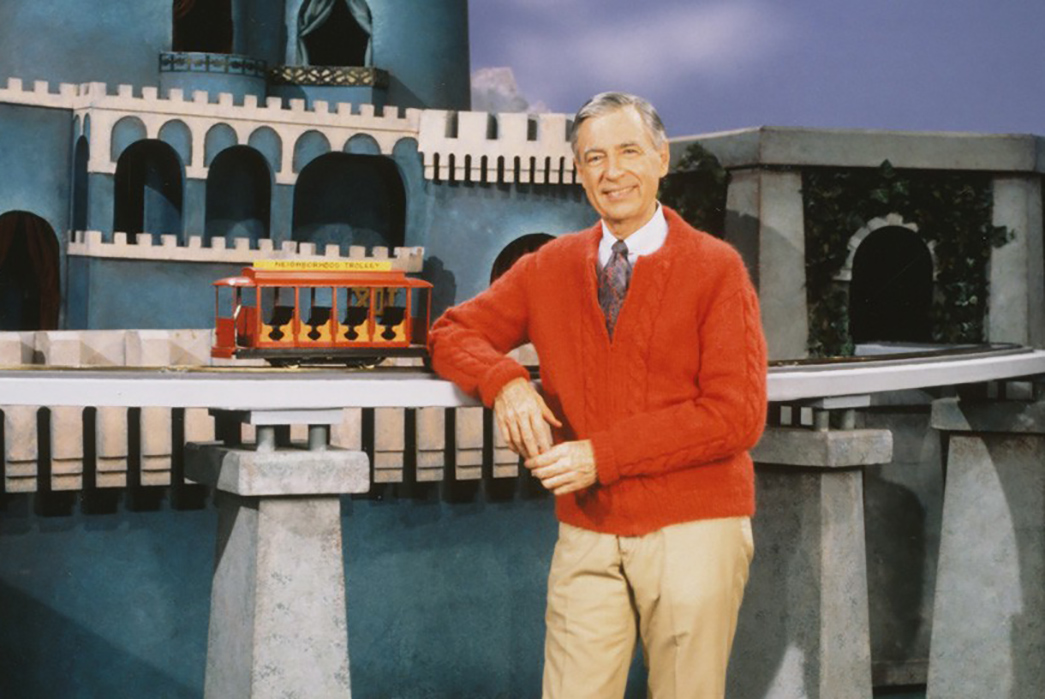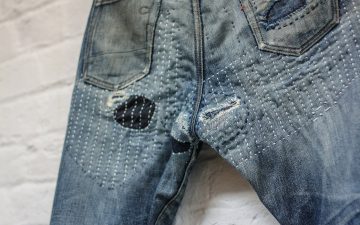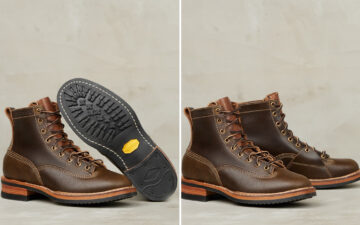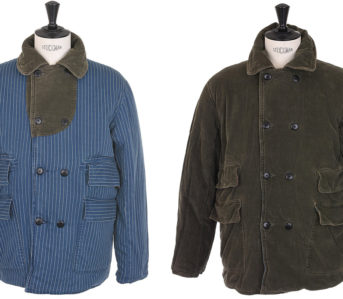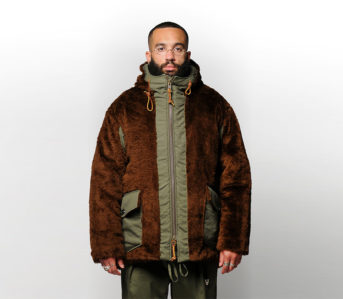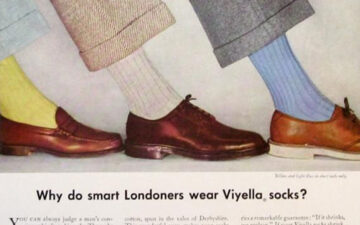Most of us can’t even read the word “cardigan” without picturing Mr. Rogers arriving at home to exchange his suit jacket and dress shoes for one of his zip-up cardigans and a pair of slippers. Most authors that write histories of this favorite casual sweater act stunned that Mr. Rogers favorite item of clothing was invented by the military. But for those of us better-versed in menswear history, it’s no surprise that the cardigan was a military invention, because… well, most pieces of men’s clothing wouldn’t exist today if not for their military application.
The far more interesting angle in the cardigan story is not that the unassuming sweater gained fame for its role in one of the most disastrous cavalry charges of all time, but its position in women’s fashion. It was the great Coco Chanel who helped bring the cardigan to the masses and it was women who made them cool.
In the Beginning
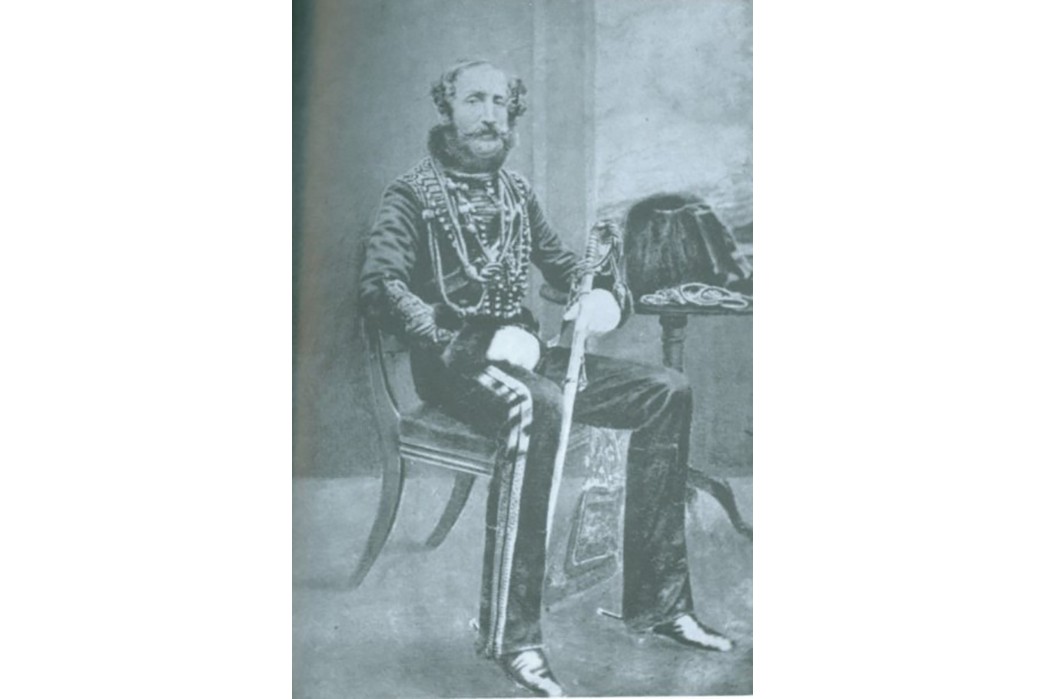
James Brudenell, 7th Earl of Cardigan. Image via Warfare History Blog.
While some folks believe the cardigan is named after a region in Wales of the same name, the more common narrative gives the credit more specifically to the 7th Earl of Cardigan, James Brudenell. Born in 1824, the future earl was almost a caricature of a member of the English aristocracy. Although he overcame his family’s extremely low expectations (he was kicked in the head by a horse as a child), he largely failed at everything he attempted. Whether it be schooling, marriage, or lawmaking; he seemed to give up or simply fall behind.
As was customary with the elite, he paid his way into an officership and gained command of a regiment of the King’s Hussars for a price that would equal nearly $4,000,000 in 2018. Once in command, he would even dip into his own funds to improve his regiment. However, known as a flamboyant dresser and an avid fan of clothing, most of these improvements were merely aesthetic. Brudenell spent the equivalent of about a million in today’s U.S. dollars each year on new uniforms and horses for his men. Yes, this would have been as absurd to a contemporary audience as it sounds to today’s, but this was part of the culture of the British army at the time.
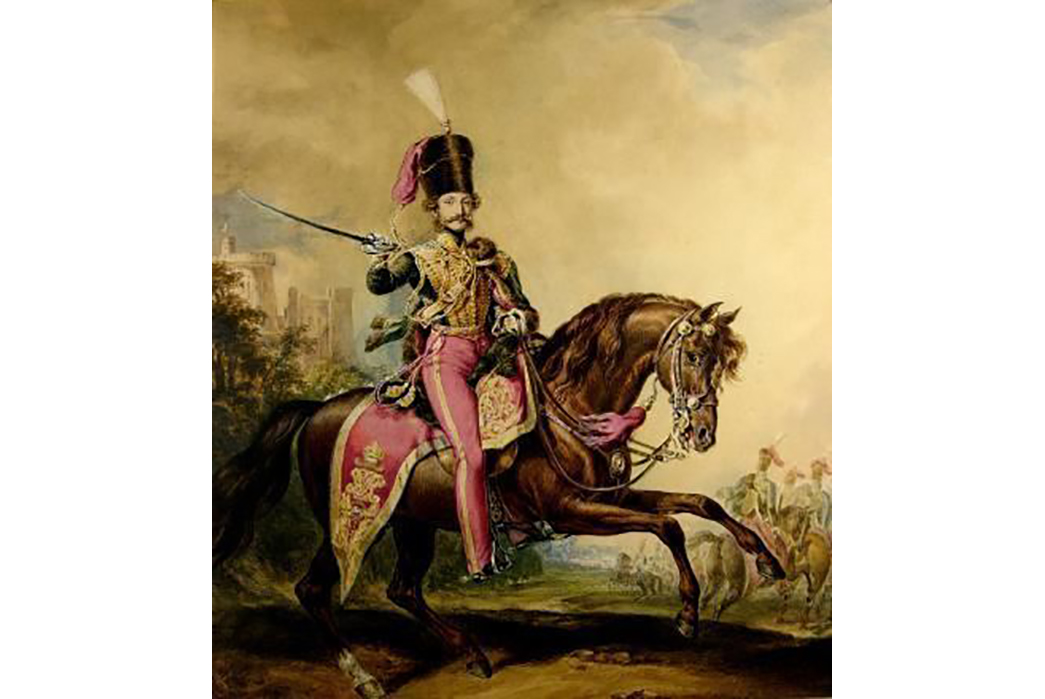
James Brudenell. Image via Alchetron.
At the battle of Balaclava (the origin of the knitted face mask), Brudenell led the famous charge of the Light Brigade. He made it all the way to the Russian lines unscathed and then, for some reason, turned right back around. About a sixth of his men died in that fateful charge, but he even captured the imagination of the British public in the midst of a drawn-out conflict. In those cold conditions, the Earl of Cardigan wore a knitted waistcoat and when he returned to London—before people learned everything about that fateful charge—he was the toast of the town. So much so, that even his waistcoat became famous. And so the cardigan was born.
Off the Battlefield
In the early days of the cardigan, it was a men’s garment. This knitted waistcoat, which for all intents and purposes was really a jacket, became the hottest new garment in town. But when the exact details emerged of Brudenell’s hasty retreat, the aristocracy’s warm feelings towards him and the woolen piece tied to his name cooled.
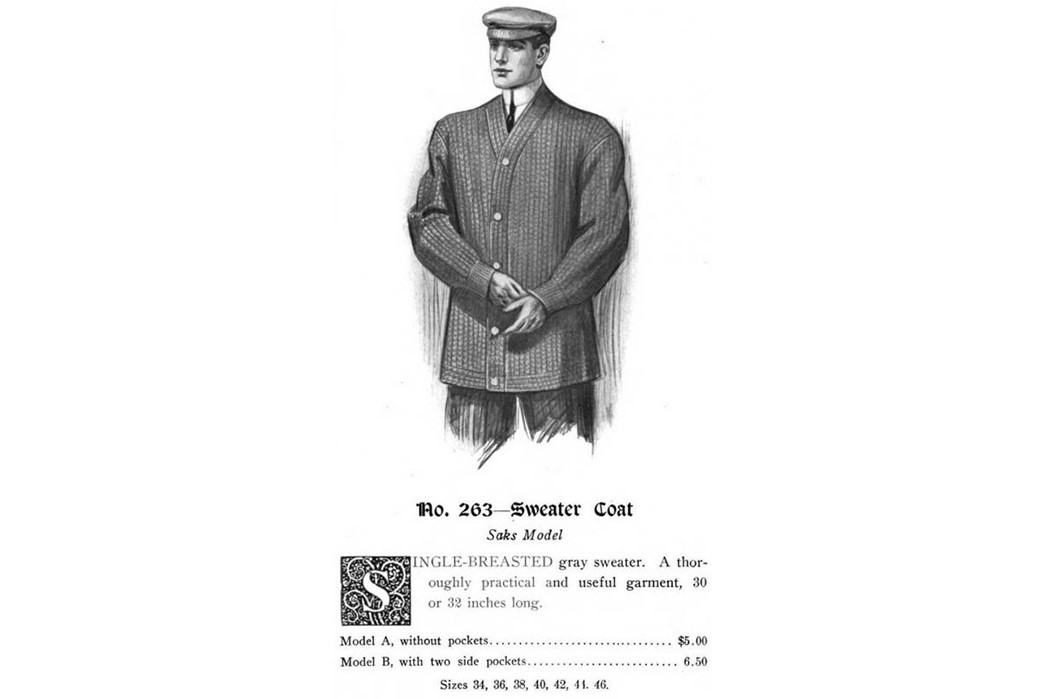
Sweater Coat. Ad from Saks, 1908. Image via Fedora Lounge.
The sweater coat was the next incarnation of the cardigan. Where before, they needed to be hand-knit on commission or by a loved one, industrialization allowed for large-scale manufacturing of these garments, which effectively democratized their wear. The sweater coat looks much like a modern cardigan except it was marketed as a more rugged piece of gentleman’s outerwear. The cardigan adapted slowly, sometimes getting a rolled collar or velvet accents and as a wave of sportswear mania swept the country, the garment slimmed down and shortened up.
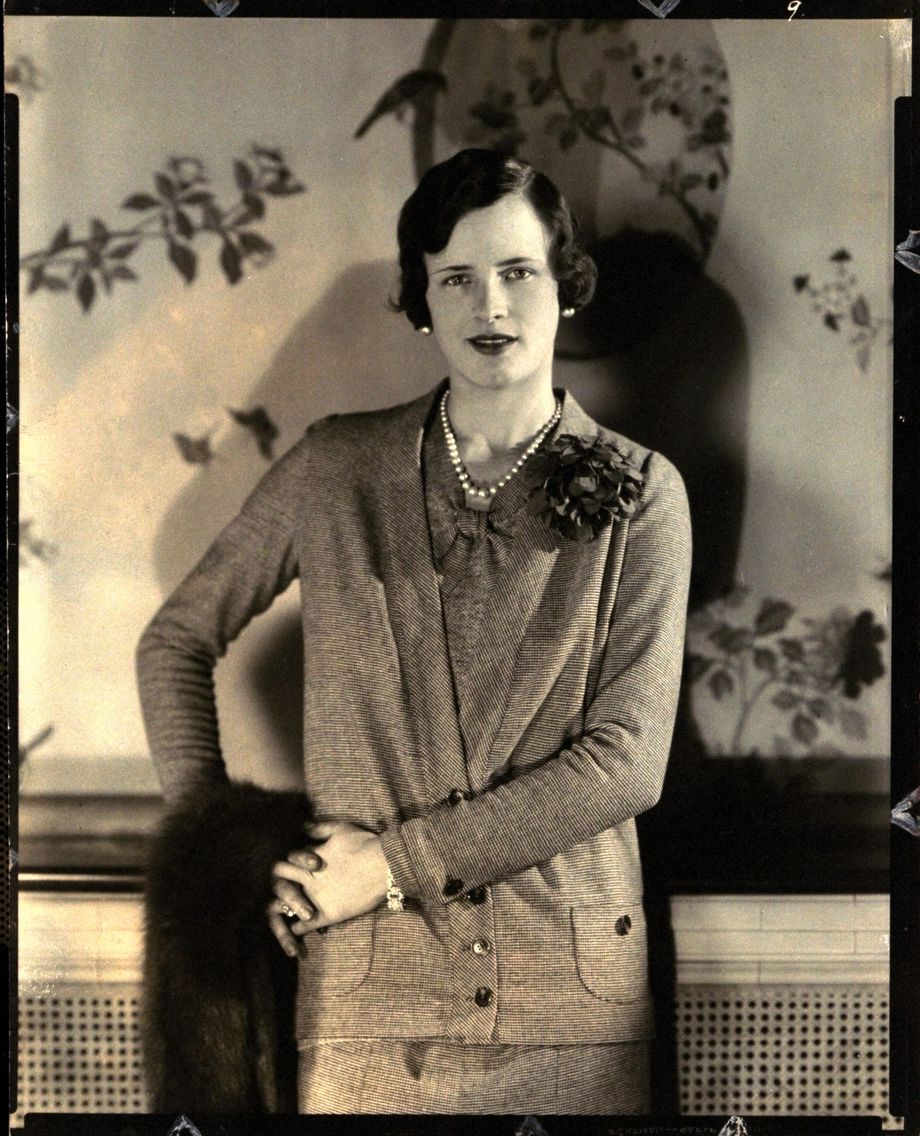
Woman in cardigan in Vogue. Image via Racked.
The 1920s was an era of enormous change in women’s fashion and much of the cardigan’s evolution happened during this time. Think of the flapper and how women began to eschew the constricting clothing of the 1800s. Women’s fashion took many cues from men’s clothing, adopting larger and more pragmatic silhouettes that would allow women to navigate the modern world comfortably and confidently. Coco Chanel was a designer whose personal aesthetic aligned well with this time of unprecedented change.
Men’s cardigans were still sweater coats that were rather heavy, long, and marketed to macho automobile drivers. But Coco developed the first women’s cardigan because she hated mussing up her hair as she pulled on a tight-necked men’s pullover. Her version of the cardigan was made from a soft jersey and was worn more like a modern cardigan—not for rugged outdoor war-fighting, but for fashionable everyday life.
The loose fit of the modern women’s cardigan closely mimicked the principles that guided men’s suiting and blurred what, at the time, were very strict gender identities. Women in the 1930s took this even further by going for the way-oversized mannish cardigans offered in their college’s bookstores. The newer, comfier, slouchier cardigan, as first conceived by Chanel became more commonplace. Men’s stores would continue to market the heavier, outdoorsy version, but the relaxed indoor rendition was ever more prevalent.
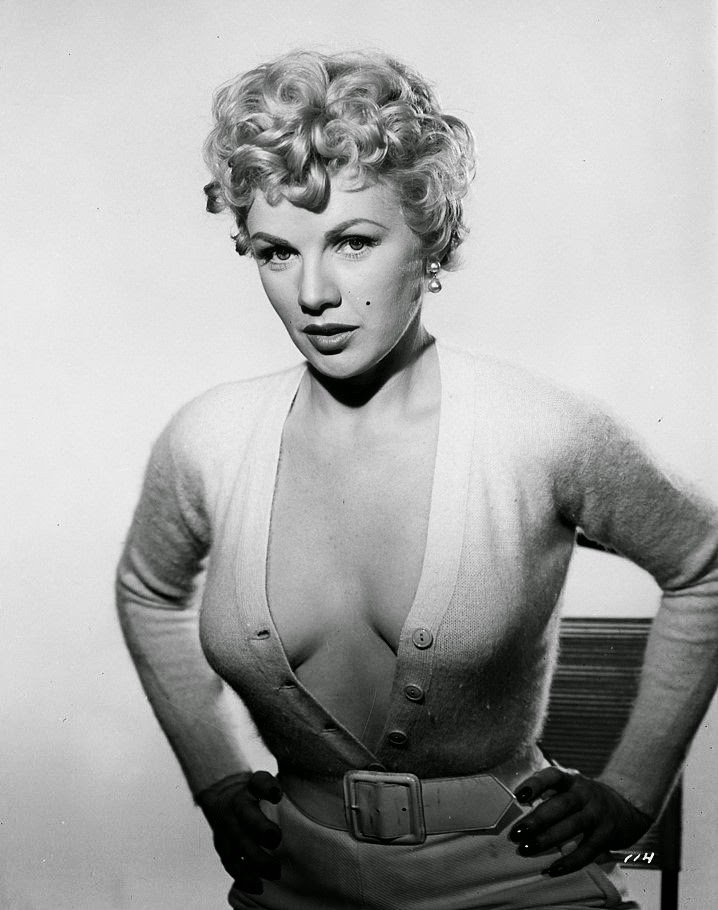
A “sweater girl.” Image via English Sweater Vests.
The 1940s saw a further slimming of the cardigan. Look no further than the “sweater girls,” buxom pinups who crammed their generous bosoms into sweaters that seemed ready to burst. Due to a censorship quirk, this kind of scandalous content was considered permissible, as long as everything was concealed by a conservative sweater. The 1940s erotic sweater craze was a significant point of departure for the women’s cardigan. What had momentarily been an equalizer, a piece of engendered clothing, had been thoroughly sexed up and was now firmly in the unwavering male gaze.
Heading to the Modern Era
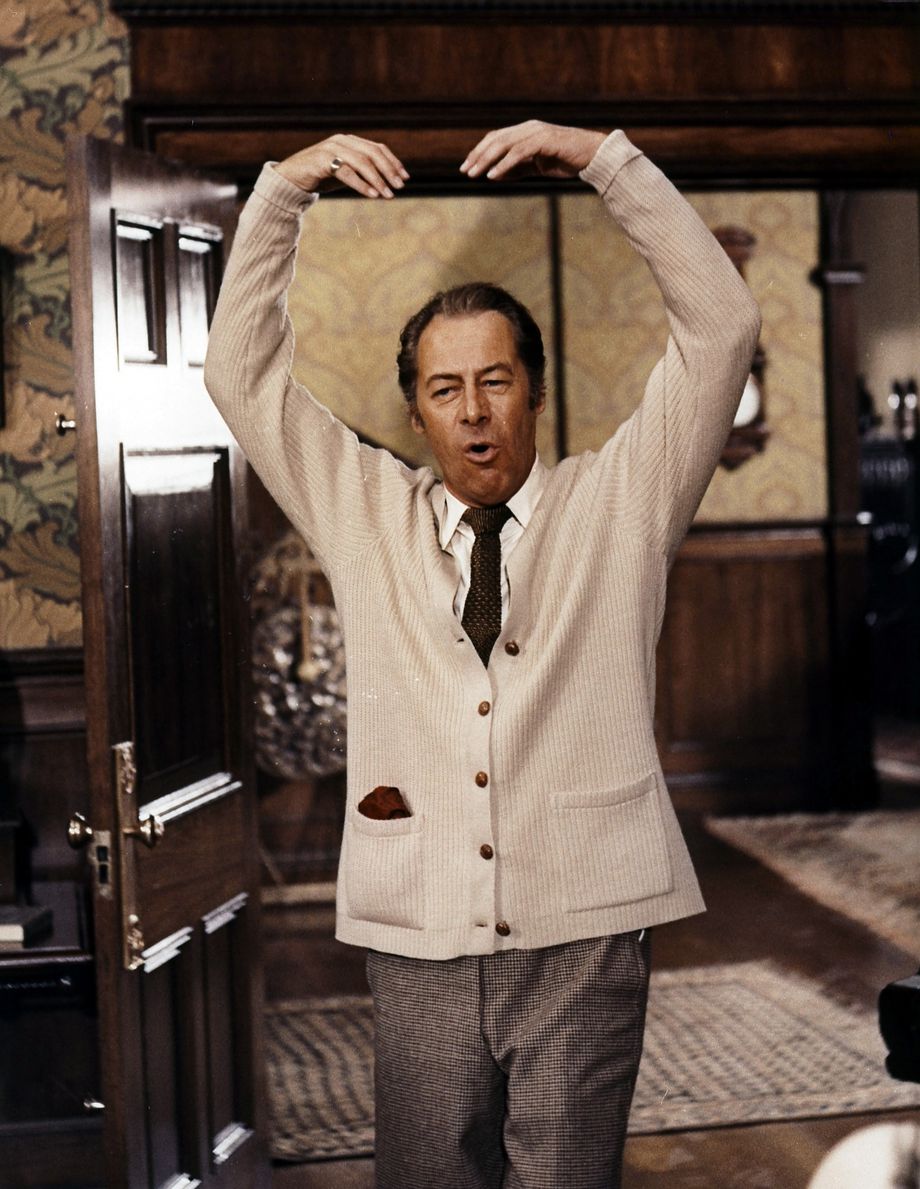
Rex Harrison in “My Fair Lady.” Image via Racked.
Post-WWII, the men’s cardigan had calmed down a bit and wasn’t trying so hard to seem like a rough and tough piece of riding gear. Instead, it was more closely associated with the academic set, much like Rex Harrison’s character in My Fair Lady. Trends in women’s fashion had smoothed out the cardigan’s rough edges and men began wearing them as a comfy indoor alternative to their sport coats at the end of a long day.
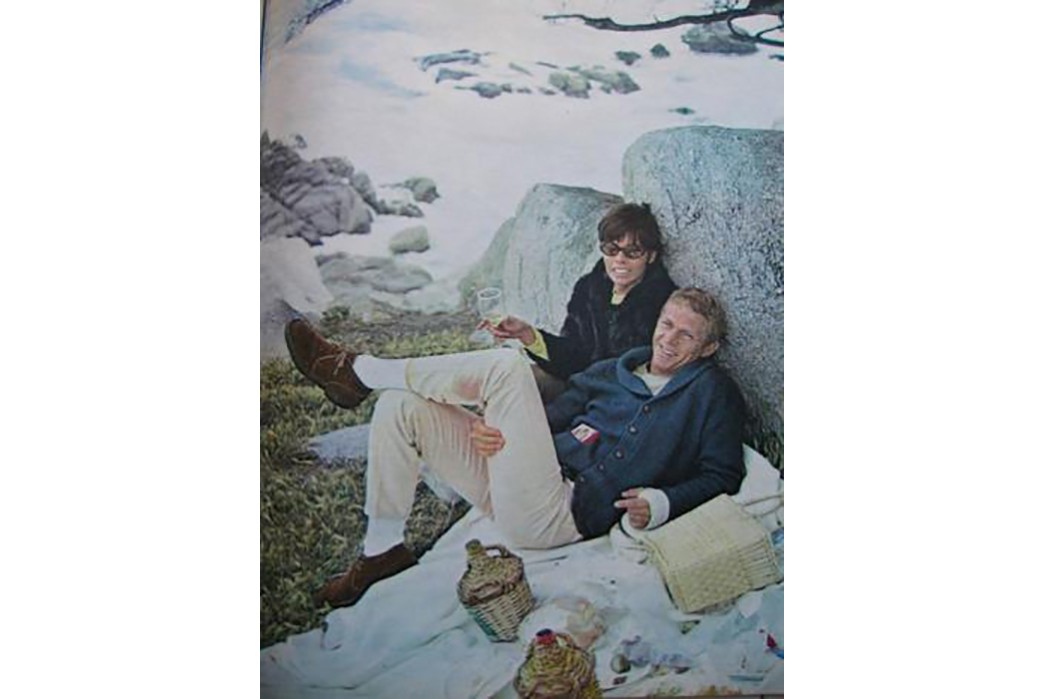
Man of action, Steve Mcqueen, takes a break in a cardigan. Image via paperblog.com
A cardigan is something that makes a tough guy look meek and laid-back. Just look at tough guy, Steve, hanging out having a picnic in his cardigan. Few people are as butch as Steve Mcqueen, but the cardigan takes the edge off. It was a conscious choice when Mr. Rogers donned his iconic cardigan at the beginning of each episode of Mr. Rogers’ Neighborhood. It made him a trustworthy father figure, coming home from something (work, presumably) and who was now there to hear you out and help you if you needed him.
Conclusion
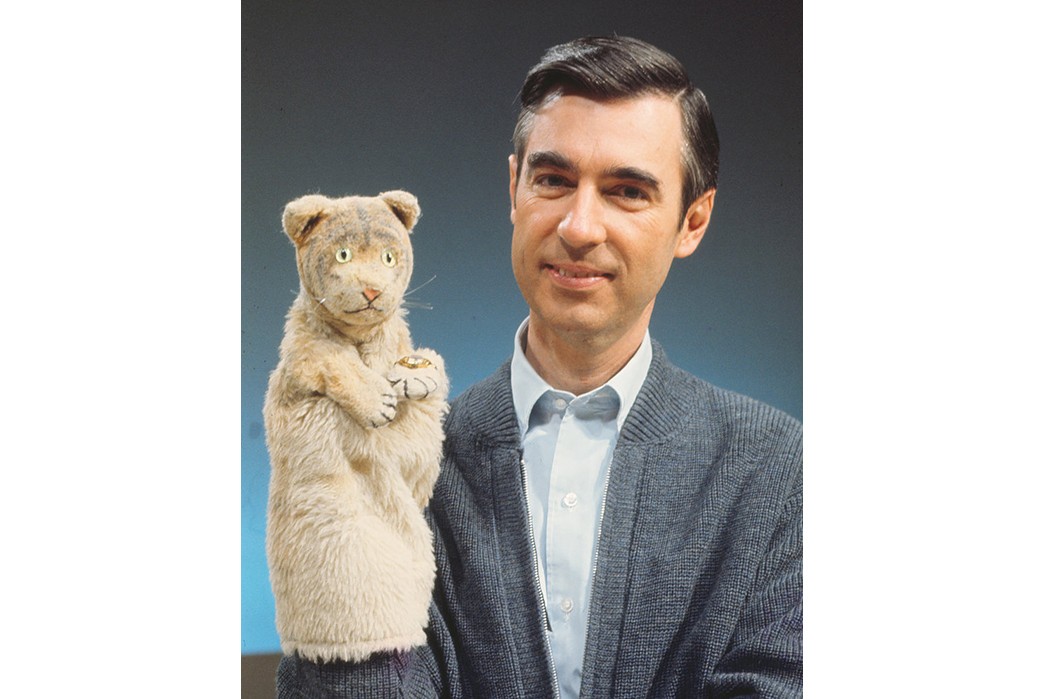
Another one. Image via NPR.
The tough-guy look the early cardigan tried to pull off was always forced. Its creator was a deeply inadequate and out-of-touch lord whose reputation for excess and poor choices should be weighed against the cardigan’s military record.
It was women wearers and designers who helped redefine the cardigan helping it find its gentle, true potential. Ironically, as they tamed the cardigan, they were breaking down gender walls and lashing out against restrictive women’s garb of the previous century. The cardigan landed somewhere in the ambiguous, ungendered space between its military career and sexy pinup days. So curl up by the fireplace and be grateful this winter for Chanel, Rogers, and all the great cardigan pioneers.

